10 May 2023
Product Discovery – A Product Managers Guide on Discovery Processes in Product Development - Part 2
Discovery and Feedback ManagementDid you know that most of the products launched each year fail?
This is where the role of product discovery comes in. Don't just set OKRs/ goals every quarter or year & then go " build " stuff in an Agile manner with a roadmap. That is a recipe for a feature factory.
In 2023, product management helps connect the dots from “strategy to the tactical” through continuous discovery.
Over the years, product management has introduced new practices into the product discovery process that has led to many different ways of conducting discovery and specializations, namely:
behavioral economics
solution design
user-centered design
As per Gartner, the evolution of skills look like this.
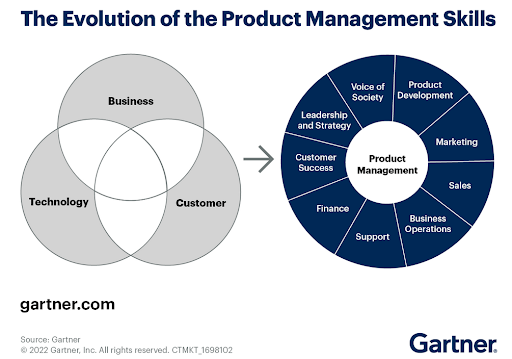
The critical essence of discovery in a product lifecycle is to create or optimize value by innovating on a product’s value propositions. Product lifecycle involves building out a product to meet a problem solution fit, which is then followed by product market fit and then by business model fit. This is the general lifecycle of a product.
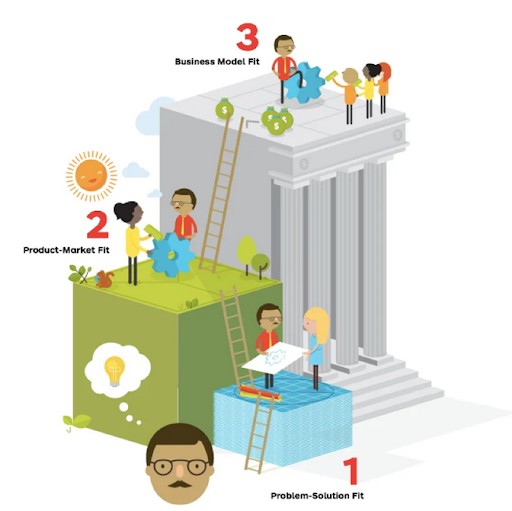
Product managers should ensure that the businesses they work for stay competitive and innovative during this lifecycle.
They can do this by ensuring the products they are working on stay:
valuable
viable
feasible
desirable
How to use this guide
The 2-part guide is intended to be a partial framework for discovery with many opportunities to change. It only covers some solution discovery or experimentation methods and is not meant to be exhaustive.
Please only use this guide as a baseline and add your experiences to make it your way of working.
Treat the ideas in this guide as a pattern library with a collection of methods and techniques that a team can use, as every situation and every team is unique.
We would need to create multiple books to cover every discovery topic, so keep exploring as this space requires perpetual learners.
Recap Part 1
In Part 1, we saw the difference between traditional product discovery and modern discovery methods, why it mattered, and in addition to that, how to
Map the knowns, unknowns
Define the product vision
Define the target group
Map out the needs
Summary Part 2
In Part 2 of the product discovery guide, we will look at how to address the viability of a product idea by looking at costs, revenue models, and feature strategy.
Goal Setting
Product Definition
Feature Strategy
Feasibility
Revenue Streams
Cost Factors
Part 2: step 5 – Goal setting, aka discovering the fluff!
Goals are meant to help drive alignment and direction as they help focus on an expected outcome.
In businesses, three types of goals are split across business and customer needs. As people in product, our goals must align with the business's and customers' purpose and nature. Remember, fluff is essential.
Three types of goals are
business goals
strategic goals
product goals
While business goals may remain the same for a few years, the product and strategic goals linked to them can change quickly. Leaders set business and strategic goals to help align the teams to enable them to perform in the field where they cannot be present.
The key for any product manager is understanding how to connect the strategic and tactical plans and ensure they are aligned with the goals. Otherwise, you end up in feature bloat mayhem, constantly firefighting to customers’ needs and under-delivering on stakeholder expectations.
The image shows the connection between the goals across the business and customers’ needs.
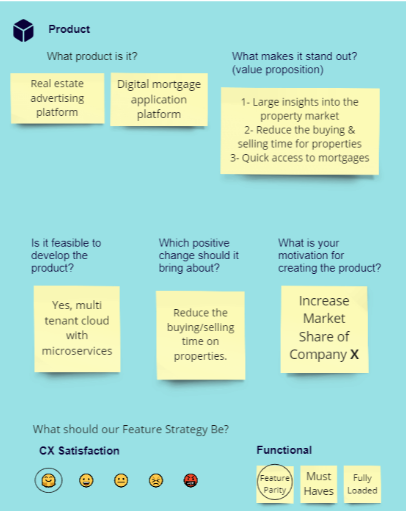
Step 6 – Product Definition
Define your product. We must ask these four main questions to clarify the offering and the value being created.
Q1 - What product is it?
The product's identity is critical; it helps guide a problem area and segment the solution. If this needs further clarification, go back to steps 1-5 as defined in part 1 of the guide.

Q2 - What makes the product stand out?
Determining a product's unfair advantage or value proposition design is critical to its success vs. a competitive product or alternative.
Having at least 1-3 value props is critical to enabling the ability to stand out.
Important: Defining this during the discovery process is essential as it feeds directly into product and content marketing strategies.

Q3 - What positive change should it bring about?
Defining positive change is essential as it helps address the critical reasons for the product’s utility.
This also feeds into product usage and decisions of prioritization into building certain features.
For instance, from a PLG revenue point of view, limiting usage through usage walls can be looked at to drive revenue and growth. Identifying these key triggers can be a difference between successful conversions and mediocre ones.
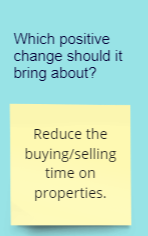
Q4 - What is your motivation for creating the product?
While this may seem like a repetitive step to goal definition, it provides vital motivation for the product’s existence.
It can open some conversations around alignment, further helping with prioritization decisions.
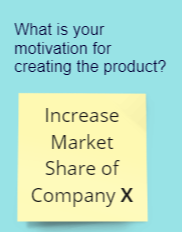
Step 7 – Feature Strategy
Feature strategy is a part of the overall product strategy.
When considering the feature strategy of your product, we must look at multiple variants from customer satisfaction to functional level compared to the competitors and market. Important: Features may or may not add value to the end user but sometimes can be included as part of a sales or marketing tool.
i.e., the bells and whistle deal. So engaging stakeholders here is critical.
For instance, in B2B product management with complex sales cycles, being part of a pitching process in a few sales calls can help open up vital insights into what makes a deal go through. I highly recommend that.
What are the constraints to most feature strategies?
Time, funds, and delivery effort often constrain feature strategy. There are also things like compliance and regulations that can drive this to another level of complexity.
The pricing of a product can also constrain the feature set.
The two key variants I like to consider are Customer Satisfaction & Functionality.
1 - Customer satisfaction level
When considering the customer experience (CX) of a product as the overall service design of your business, we must look at the Customer Satisfaction that is attained from utilizing the product.
I consider five different levels here; this can be reduced to 3 and depends on the complexity of a product or the portfolio it is in –
Delighted
Happy
Meh
Upset
Angry

2 - Functionality level to competitors and market
Due to the constraints mentioned above, there are times when we must decide the functionality level as compared to the competitive landscape.
For instance, do you go with feature parity with the competition or go to a level where you only deliver features that meet the minimum experience level of a customer’s expectations?
Or become that bloated feature factory that has everything?
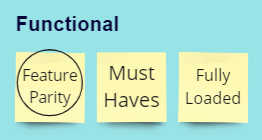
Step 8 – Feasibility assessment
When we look at feasibility, we are trying to understand technical capability to deliverability to expectations.
Wait, what does that even mean?
The technical stack and architecture often define technical capability. I.e., the ability to deliver the functionality required based on the ability to do so technically: E.g., Scalability of a platform.
By picking the right technologies, we can help improve capability; however, there are times when this is a constraint or a limitation.
For instance, in an existing and complex business, the monolithic architecture prevents the ability to build certain functionality and features or drastically impacts the performance of a particular experience for the end user. In this case, the feasibility becomes low unless changes are made.
Another dimension to consider is the cost and licensing aspect of many technology stacks. Many teams are constantly being restricted by multi-year licenses and costs to build and maintain.
This is why modern product teams like to pick more fluid technological architectures.
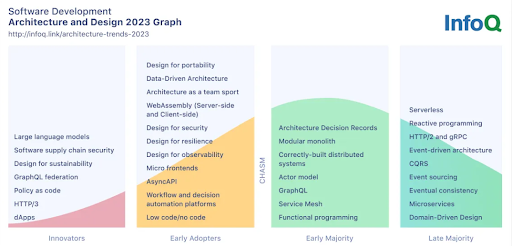
Working with the engineering team is a critical step to help define the best approach for a particular feature strategy to a technology strategy.
Step 9 – Revenue Streams
Monetization of a product is one of the keys to its survival. We can have multiple revenue streams in a product, from subscription fees to microtransactions.
It is important to explore areas to put feature walls & usage walls along with how and where trial programs can be set and the types of subscription plans required.
Some products can allow for revenue streams from B2B and B2C elements. For example, a real estate platform that allows for 3rd party or affiliate advertisements on their platform or a media/news website where promotions from partners unlock additional revenue streams.
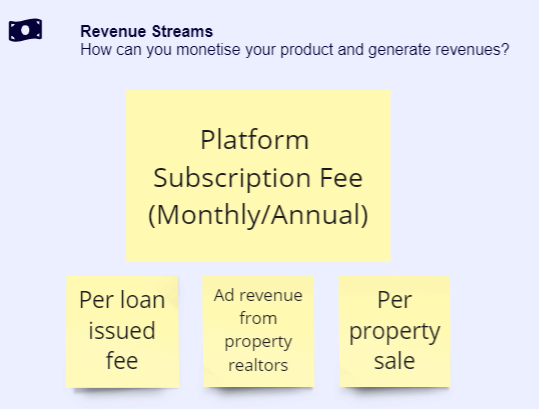
Step 10 – Cost Factors
While monetization of a product is one of the keys to its survival, determining costs can help drive the ability to determine the revenue required to maintain survivability.
When you factor in the cost of a product, it is essential to get an aggregate value across development, sales, marketing, and servicing. This can be done with the help of understanding an organization’s budgets for each of the relevant areas and having access to the P&L of a product.
To meet business model fit, the Revenue > Cost. To access some of the cost-based information here, a product manager may require the help of critical stakeholders within specific areas.
In some cases, the costs may not be shared, and in this case, getting a simple driver of the cost can help explain to stakeholders in a business the requirements to help sustain a product.
When this topic comes up, it helps open up conversations around core competencies in an organization and the ability to support the product during its lifecycle. For instance, having access to operations and customer service support can be critical in a launch and growth of a product.
Pointing this out as a cost factor can help open up conversations for recruitment or reassignment.
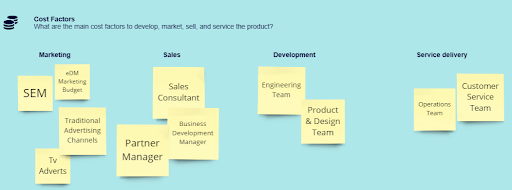
Continuous everything
Overall, this structure provides a comprehensive guide to the product discovery process across
Map the knowns, unknowns
Define the product vision
Define the target group
Map out the needs
Goal Setting
Product Definition
Feature Strategy
Feasibility
Revenue Streams
Cost Factors
It is essential to remember that to enable innovation, we must continuously run discovery.�
Running continuous discovery and constant experimentation allows us to avoid building stuff that doesn’t matter. Ship only those products & features that are impactful on customer success and the ones that make it past the feasibility, viability & desirability assessment.
Do this by continuously
Linking the analysis of the hypotheses to business goals before making decisions & building features.
Reassess your OKRs or Goals to the expected outcomes by reviewing the experiments' results.
Re-align your OKRs or Goals based on the outcomes of those experiments.

KJ Sethna

Read also
All product feedback in one place






